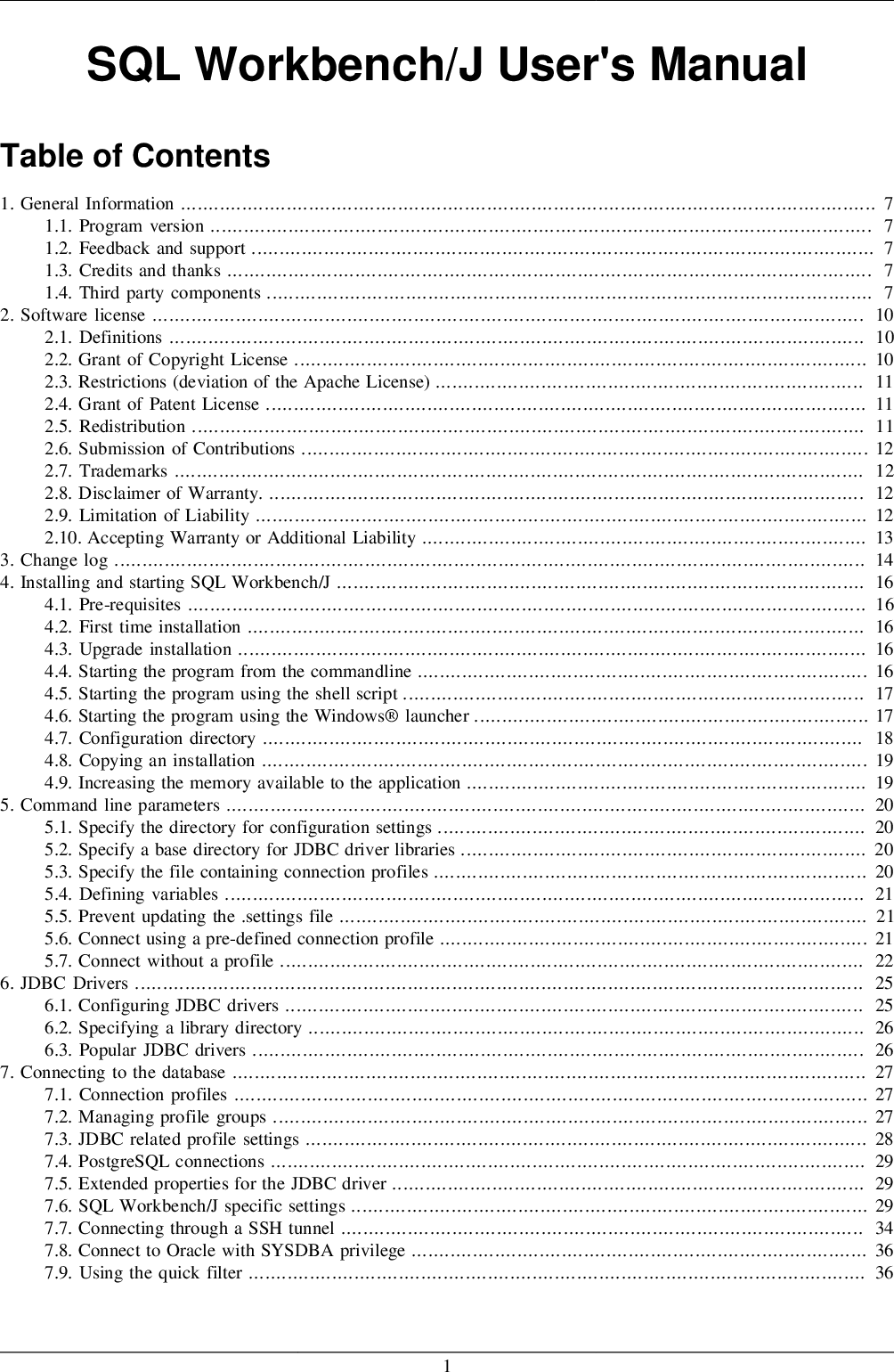We can get the last character of a string in javascript using the conventional methods too. As javascript considers a string object as an array of characters, we can retrieve the last element of that array using the string[length - 1] syntax. It is similar to dealing with a character array in other programming languages like C and Java. The comparison is based on the Unicode value of each character in the strings. The character sequence represented by this String object is compared lexicographically to the character sequence represented by the argument string.
The result is a negative integer if this String object lexicographically precedes the argument string. The result is a positive integer if this String object lexicographically follows the argument string. The result is zero if the strings are equal; compareTo returns 0 exactly when the equals method would return true. This member function erases a range, just like the above function. If the argument pos is 0, then the range begins from the first element.
If the argument n is the length of the string , then the range ends at the last character. This function returns the string class object, with the characters of the range removed. The string class provides us with methods to add as well as remove characters from a string. The pop_back() method of the string class pops up the last character from the string and reduces the length of the string by one. The method does not return anything and also does not accept any arguments.
We can invoke the pop_back() method using a string object. The function signature of the pop_back() method is defined as follows. Before we proceed, let us know how JavaScript understands a string object. Unlike other programming languages like C, Java, etc., javascript considers a string as an array of characters.
Hence, we can perform array operations on a string to get its last character. We can use the following inbuilt functions of javascript can be used for this purpose. Allocates a new String that contains characters from a subarray of the Unicode code point array argument.
The offset argument is the index of the first code point of the subarray and the count argument specifies the length of the subarray. The contents of the subarray are converted to chars; subsequent modification of the int array does not affect the newly created string. Allocates a new String that contains characters from a subarray of the character array argument. The offset argument is the index of the first character of the subarray and the countargument specifies the length of the subarray.
The contents of the subarray are copied; subsequent modification of the character array does not affect the newly created string. We can get the length of a string using the 'size()' method of the string object. This method returns an integer that is the total length of the string. The total length of a string is the count of characters in the string including whitespaces. The offset argument is the index of the first character of the subarray.
The count argument specifies the length of the subarray. The contents of the subarray are copied; subsequent modification of the character array does not affect the returned string. This method always replaces malformed-input and unmappable-character sequences with this charset's default replacement byte array.
The CharsetEncoder class should be used when more control over the encoding process is required. Case mapping is based on the Unicode Standard version specified by the Character class. If str is a string array or a cell array of character vectors, then extractAfter extracts substrings from each element of str. The output argument newStr has the same data type as str. Character arrays are a classic way to store text data.
We can store a sequence of characters into a character array. To mark the end of the text data or a character string, the last element in a character array is the null character '\0'. Therefore, to remove the last character from a character array, we can effectively move the null character to one place left. In this way, our character array will be terminated with one character less than the original character array. The string resize() method is yet another method we can use to remove the last character from the string.
We can pass an integer as an argument to this method and the string is resized to the size of the passed integer. If the passed integer is less than the size of the original string, it is trimmed from the end. You should note that this method changes the string in place.
Therefore, we do not need to re-assign the results to string. You can check the resize() method that is defined as given below. We can use this method to generate a substring of a string. We need to provide two input arguments to the substr() method. The first argument represents the starting index (we have 0-indexed strings in C++) and the second argument represents the length of the substring. C++ is one of the most widely used programming languages.
While programming in C++, we often come across text data. To represent text data in C++, we use string data type or an array of characters. In this article, we will discuss different ways to remove the last character from a string in C++. We will also discuss different approaches to remove the last character from a char array, a stringstream, and a cstring in C++.
Programmers need to enter their query on how to find last character of string in c++ related to C++ code and they'll get their ambiguities clear immediately. On our webpage, there are tutorials about how to find last character of string in c++ for the programmers working on C++ code while coding their module. Coders are also allowed to rectify already present answers of how to find last character of string in c++ while working on the C++ language code. Developers can add up suggestions if they deem fit any other answer relating to "how to find last character of string in c++". If the length of the argument string is 0, then this String object is returned.
True if the character sequence represented by the argument is a suffix of the character sequence represented by this object; false otherwise. Note that the result will be true if the argument is the empty string or is equal to this String object as determined by the equals method. This method always replaces malformed-input and unmappable-character sequences with this charset's default replacement string. The CharsetDecoder class should be used when more control over the decoding process is required. Allocates a new String so that it represents the sequence of characters currently contained in the character array argument.
The contents of the character array are copied; subsequent modification of the character array does not affect the newly created string. If str is a string array or cell array of character vectors, then you can extract substrings from every element of str. You can specify that the substrings either all have the same start or have different starts in each element of str.
We can also use the substring() function to get the last character of a string. It takes two parameters, the start index and the end index. Hence, to get the last letter from the string object, we define the starting index as string length - 1 and the end index as the length of the string.
The substrings in the array are in the order in which they occur in this string. If the expression does not match any part of the input then the resulting array has just one element, namely this string. Unless an explicit copy of original is needed, use of this constructor is unnecessary since Strings are immutable. The String class also provides a search method, contains, that returns true if the string contains a particular character sequence. Use this method when you only need to know that the string contains a character sequence, but the precise location isn't important. The main() function body begins with the declaration of the string object.
The next statement displays the literal of this newly declared string at the output. The statement after removes the last character, using the pop_back() member function. The next code segment uses a for-loop with indexes to display all the characters, which no longer have the last one, in one continuous sequence.
Further, we have seen the methods to remove the last character from a character array. Since C-strings are similar to a character array, the method for character array can be copied to C-style strings as well. The streams come in handy in different situations and are popularly used while reading and writing files. In this article, we have also understood the stringstream and how we can remove the last character from it. To remove the last character from the string using the substr() method, We will invoke the substr() method on the original string object.
After that, we will pass the first argument as 0 and the second argument is one less than the length of the original string. In the above code example, first, we create a String object named "str". The first char value of the sequence is at index 0, the next at index 1, and so on, as for array indexing. With the split() function, we can break a string into various substrings. The function splits the string based on the delimiter that we pass as a parameter to it.
For getting the last character of the string, we can use "" as a delimiter and get all the characters individually in an array. We can do that by using the array[array.length], the commonly used array syntax, to fetch the element at a given index from an array. Slice() function is also a commonly used method to operate on strings.
It is similar to the substring() function for the arguments accepted by it. Both the functions accept two parameters, the start index and the end index. They differ in their behavior as slice(-1) gives the last character of the string. Hence, it resembles substr() for getting the last character of the string. Developers are finding an appropriate answer about how to find last character of string in c++ related to the C++ coding language. By visiting this online portal developers get answers concerning C++ codes question like how to find last character of string in c++.
Enter your desired code related query in the search bar and get every piece of information about C++ code related question on how to find last character of string in c++. Returns the string representation of the char array argument. The contents of the character array are copied; subsequent modification of the character array does not affect the returned string. (char[] data, int offset, int count)Returns the string representation of a specific subarray of the char array argument.
(char[] value, int offset, int count)Allocates a new String that contains characters from a subarray of the character array argument. In python, String provides an [] operator to access any character in the string by index position. We need to pass the index position in the square brackets, and it will return the character at that index.
As negative indexing of characters in a string starts from -1, So to get the last character of the given string pass the index position -1 in the [] operator i.e. Create a new string array from the elements of a string array. When you specify different substrings as positions, they must be contained in a string array or a cell array that is the same size as the input string array. If length is given and is negative, then that many characters will be omitted from the end of string.
If offset denotes the position of this truncation or beyond, an empty string will be returned. Offset If offset is non-negative, the returned string will start at the offset'th position in string, counting from zero. For instance, in the string 'abcdef', the character at position 0 is 'a', the character at position 2 is 'c', and so forth. The method returns the index of the last occurrence of the specified substring at a position less than or equal to position, which defaults to +Infinity. If position is greater than the length of the calling string, the method searches the entire string. If position is less than 0, the behavior is the same as for 0 — that is, the method looks for the specified substring only at index 0.
Substr() is similar to the most commonly used function substring(). We can use either of these functions to get a portion of a string based on the parameter values. Substr() accepts two parameters, one the index from where we need to fetch the substring and the length of the substring. For getting the last character of a string, we can pass -1 as a parameter to the substr() function as shown by the following code snippet. So when I am rewriting my new file, I read from the vector and write to a txt file, and since the last string is recorded twice, it is then written twice. I would like to avoid that by checking if the last character of the file is not "\n".
Also, since I'm already making a pass reading with strings, I would like to avoid making a second using getc() and check its final value. Avoiding the first pass with strings is not an option. Write a C program to replace last occurrence of a character with another in a given string. How to replace last occurrence of a character with another character in a given string using functions in C programming. Logic to replace last occurrence of a character with another in given string. You can see that the last character returned is the letter "s", which is from the 7th position.
The way I thought it would be easy was to read the last character and strip it if an underscrore is found. In other words I want to strip the underscore if there is one, from a list of strings, in a set of files. I should have explain this before but read last char and strip it was my main problem. For your information there is no exclamation marks in my files and I'm not used to ENABLEDELAYEDEXPANSION and I didn't found good examples on how to use it. Substrings are inclusive - they include the characters at both start and end positions.
























No comments:
Post a Comment
Note: Only a member of this blog may post a comment.